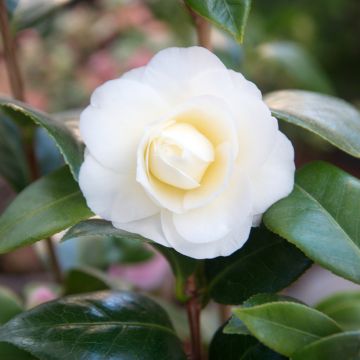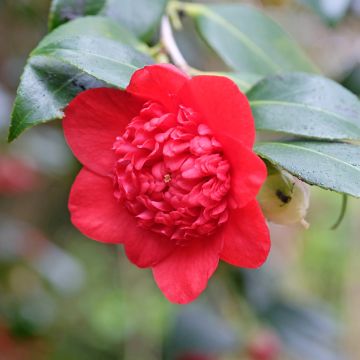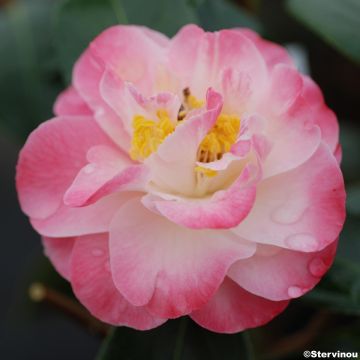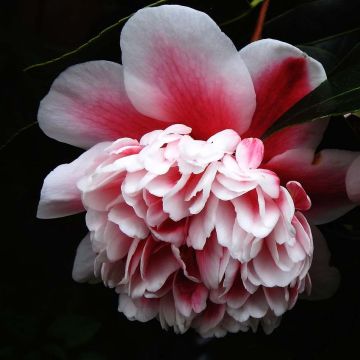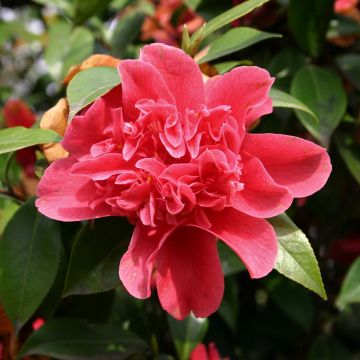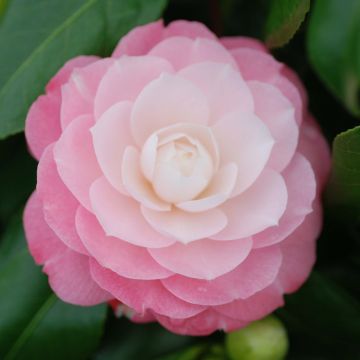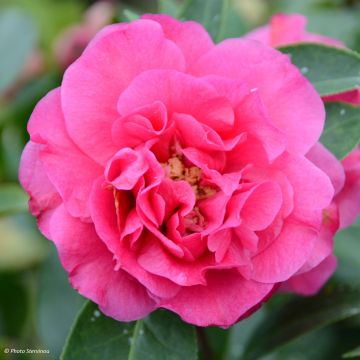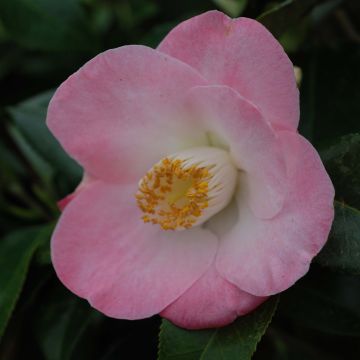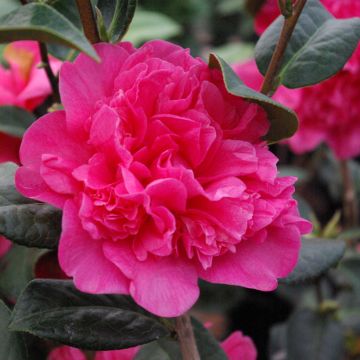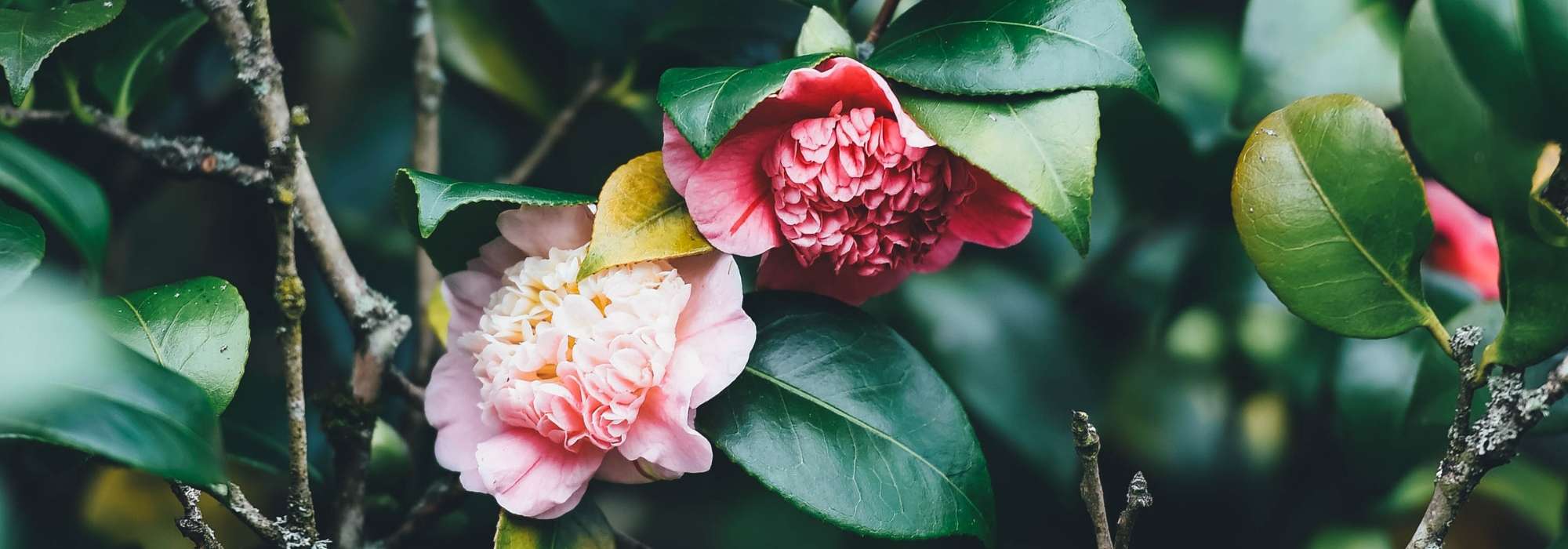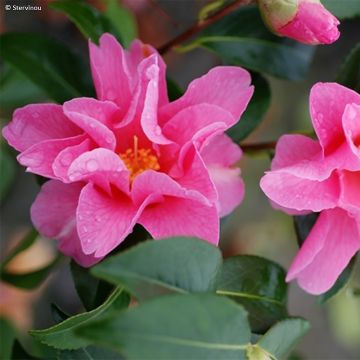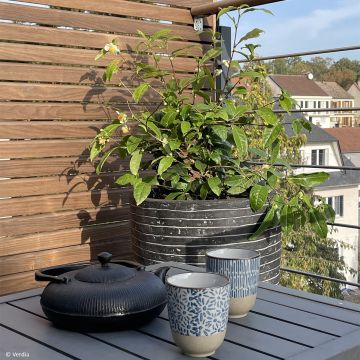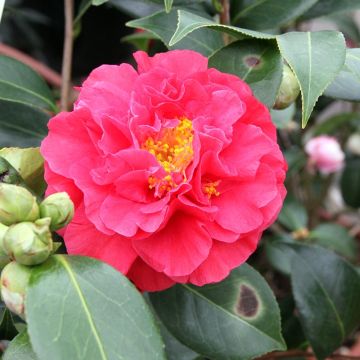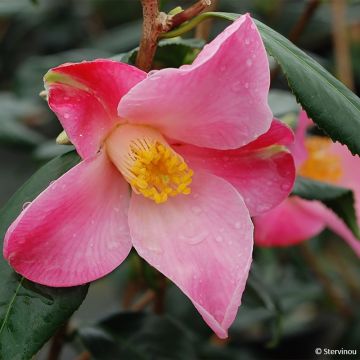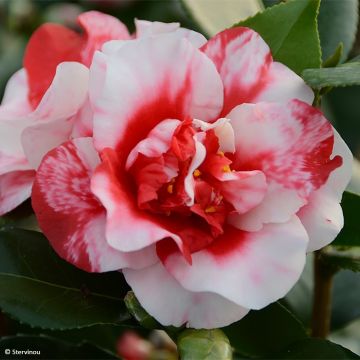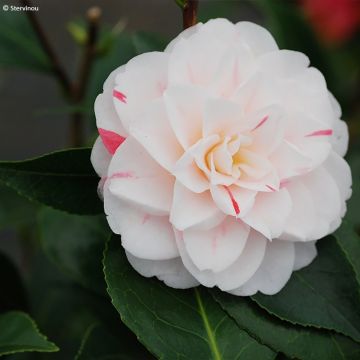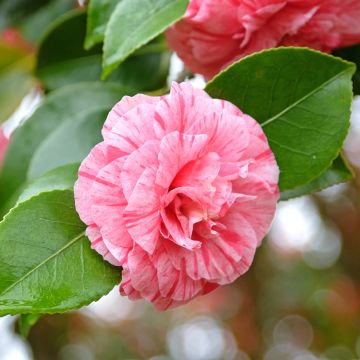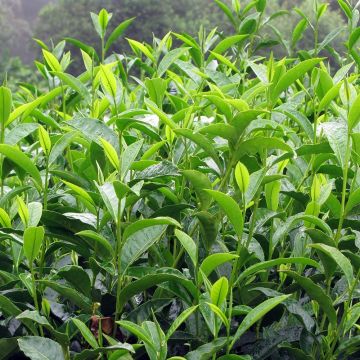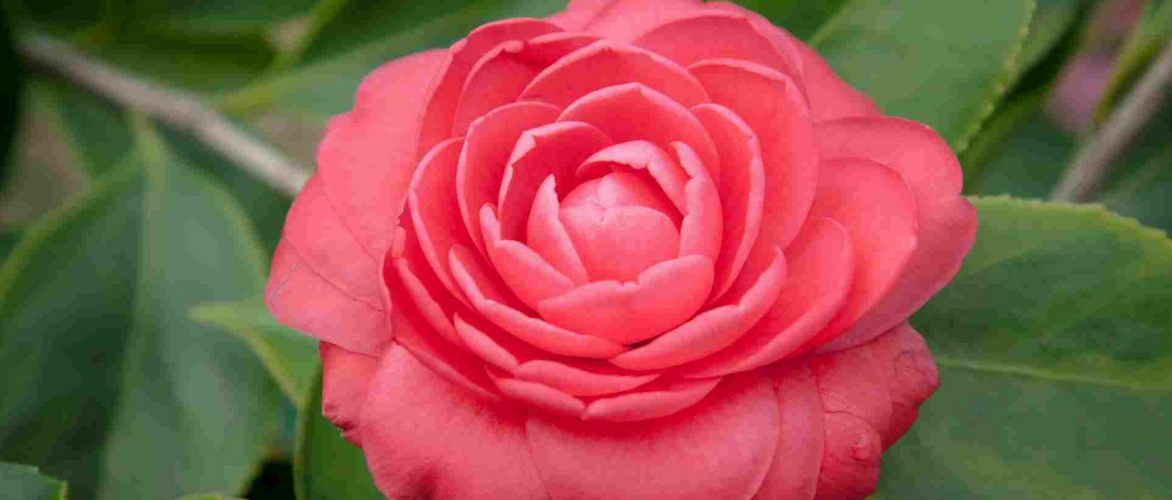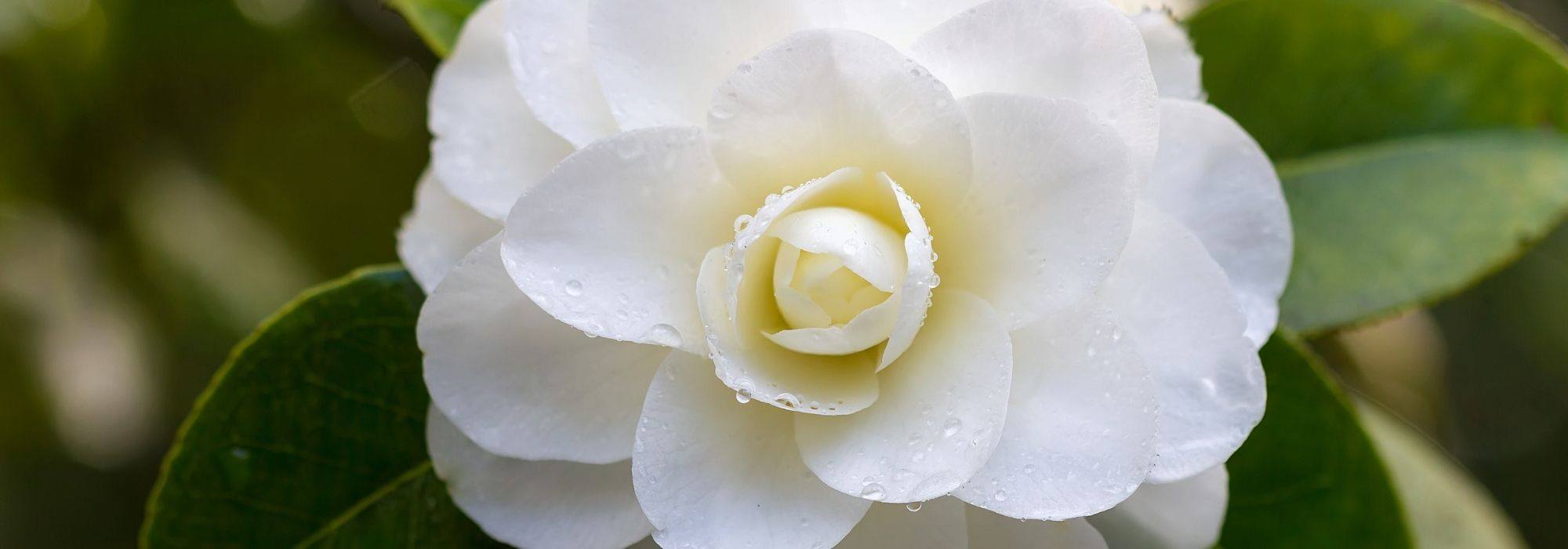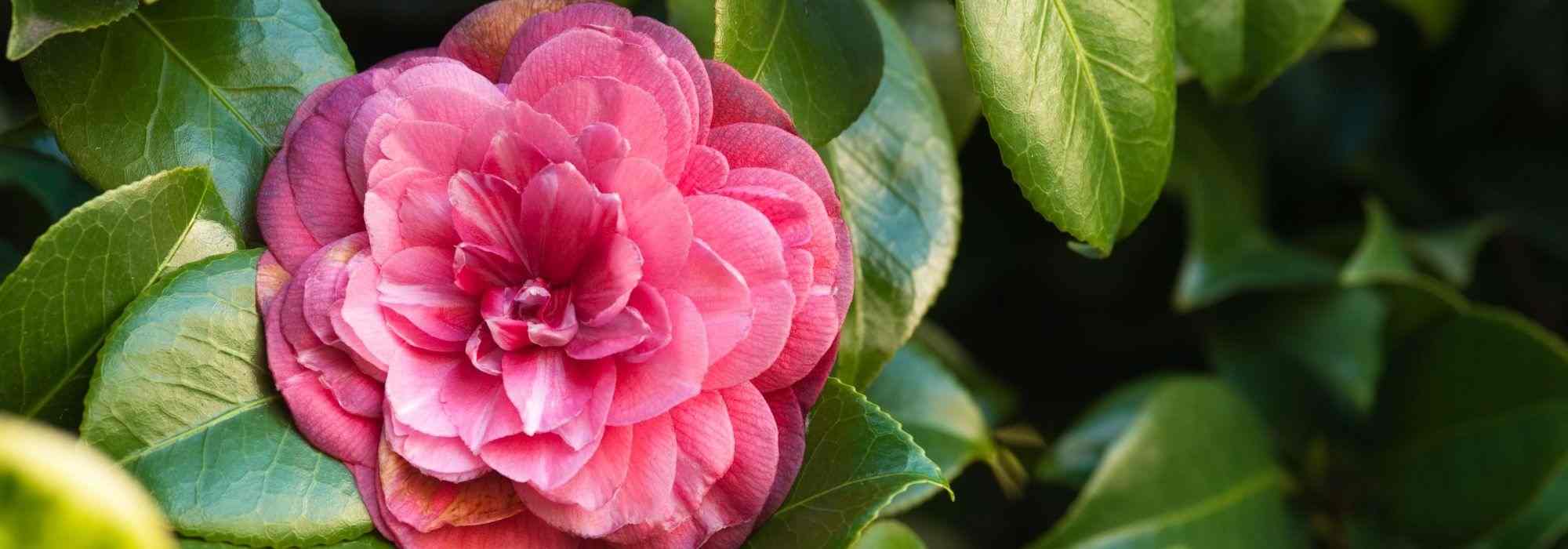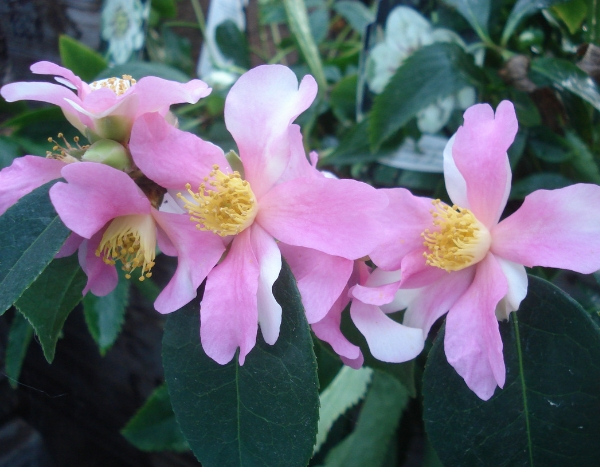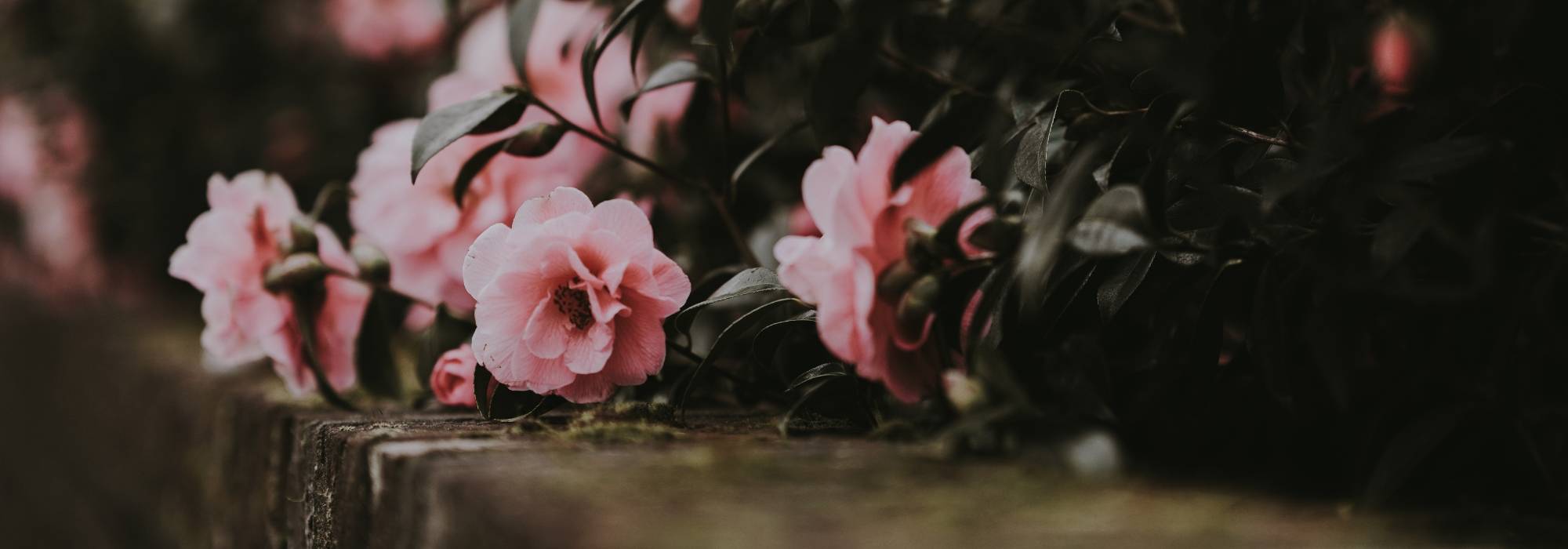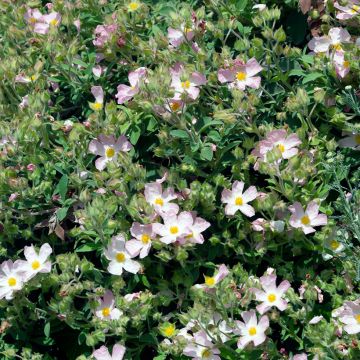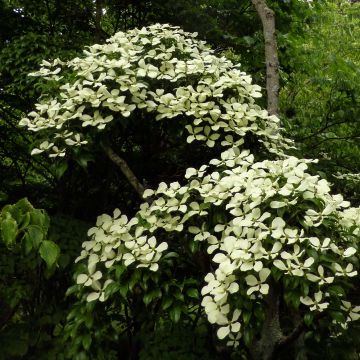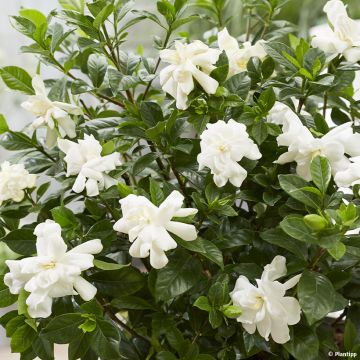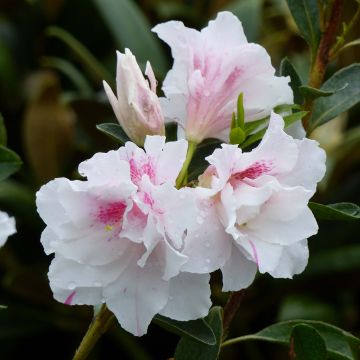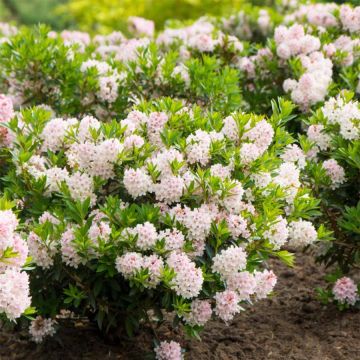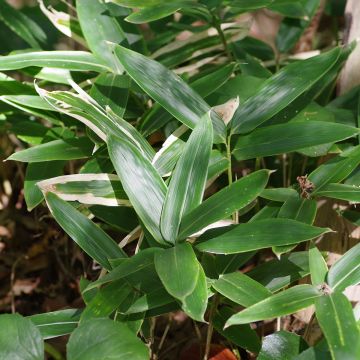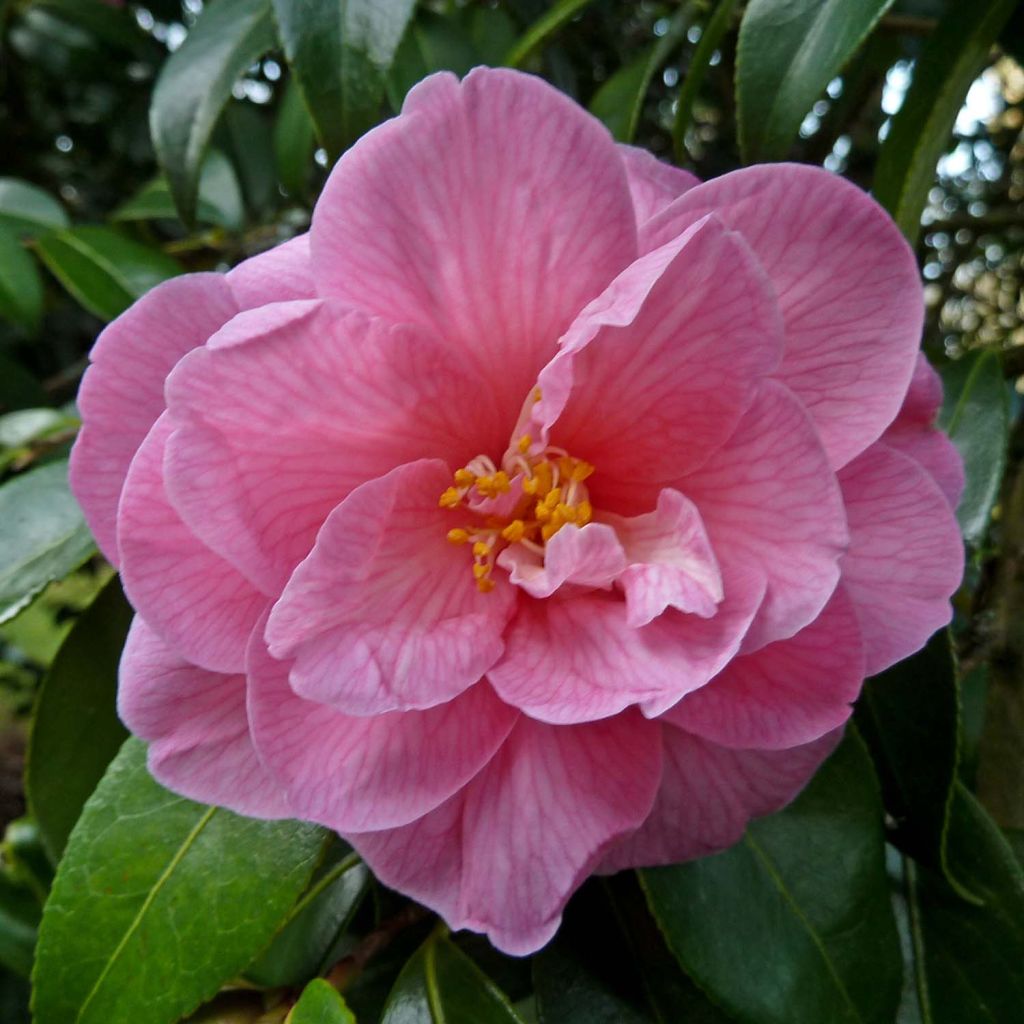

Camellia williamsii Donation
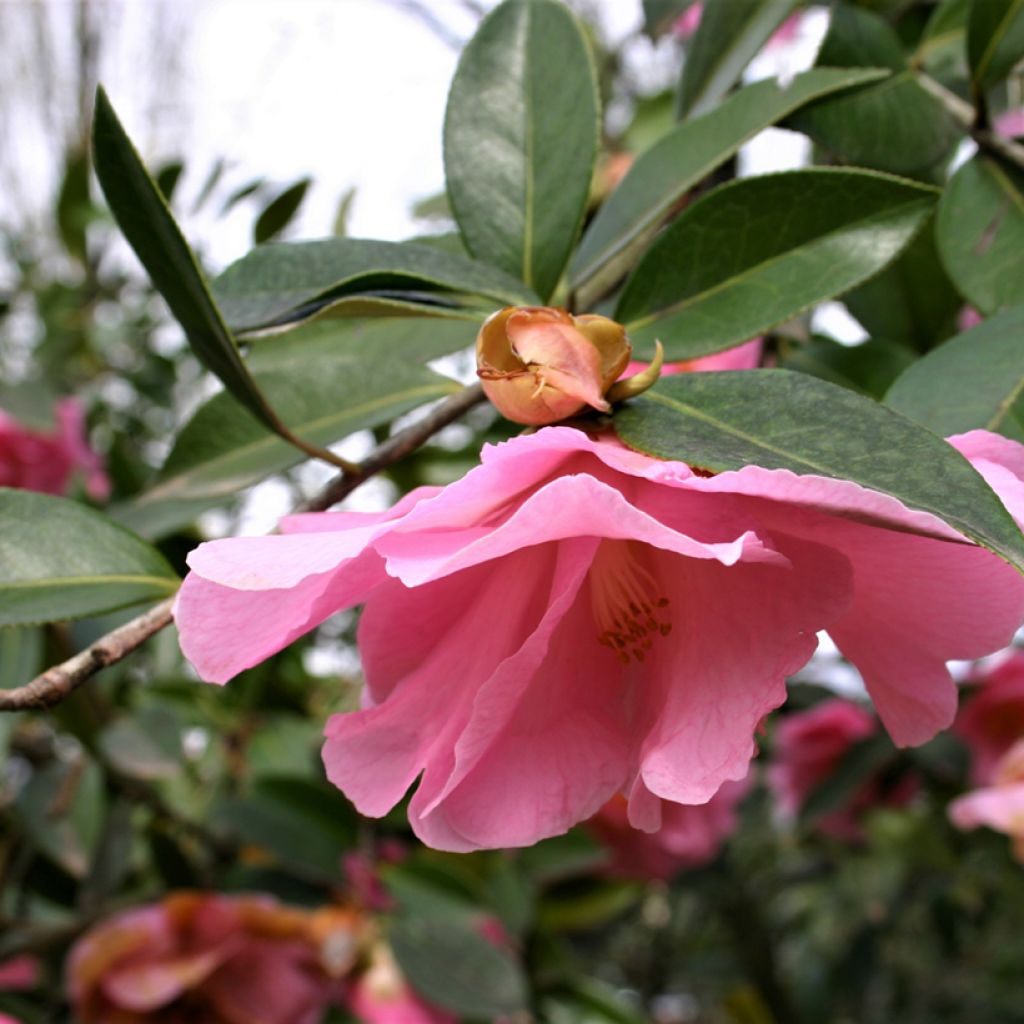

Camellia williamsii Donation
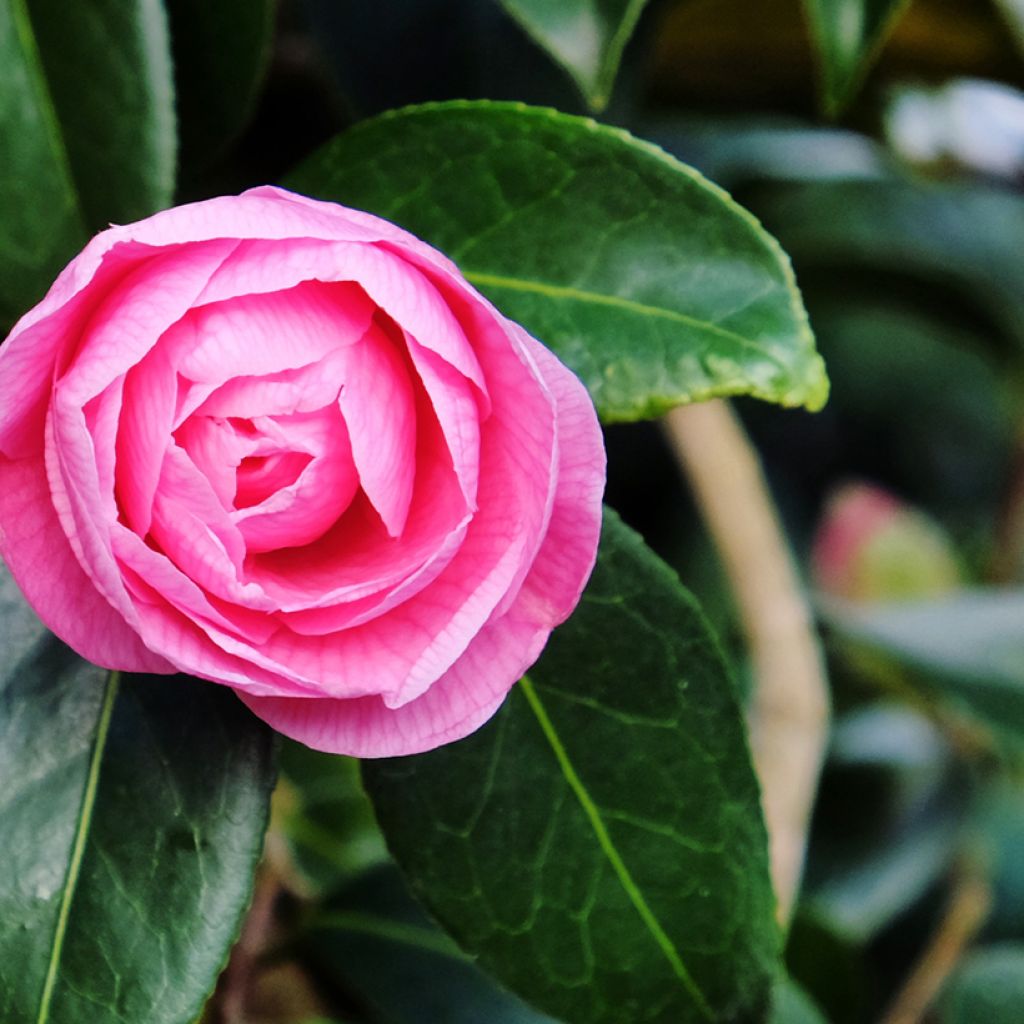

Camellia williamsii Donation
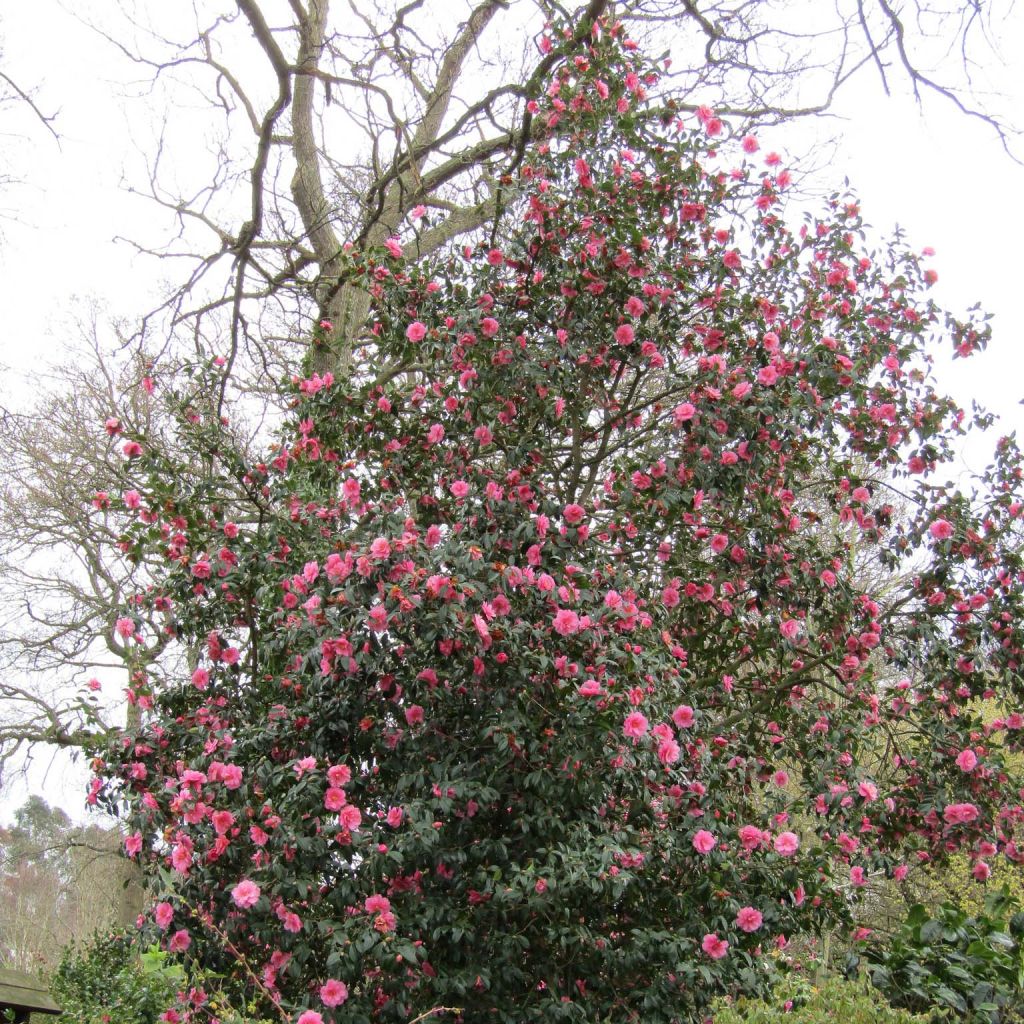

Camellia williamsii Donation
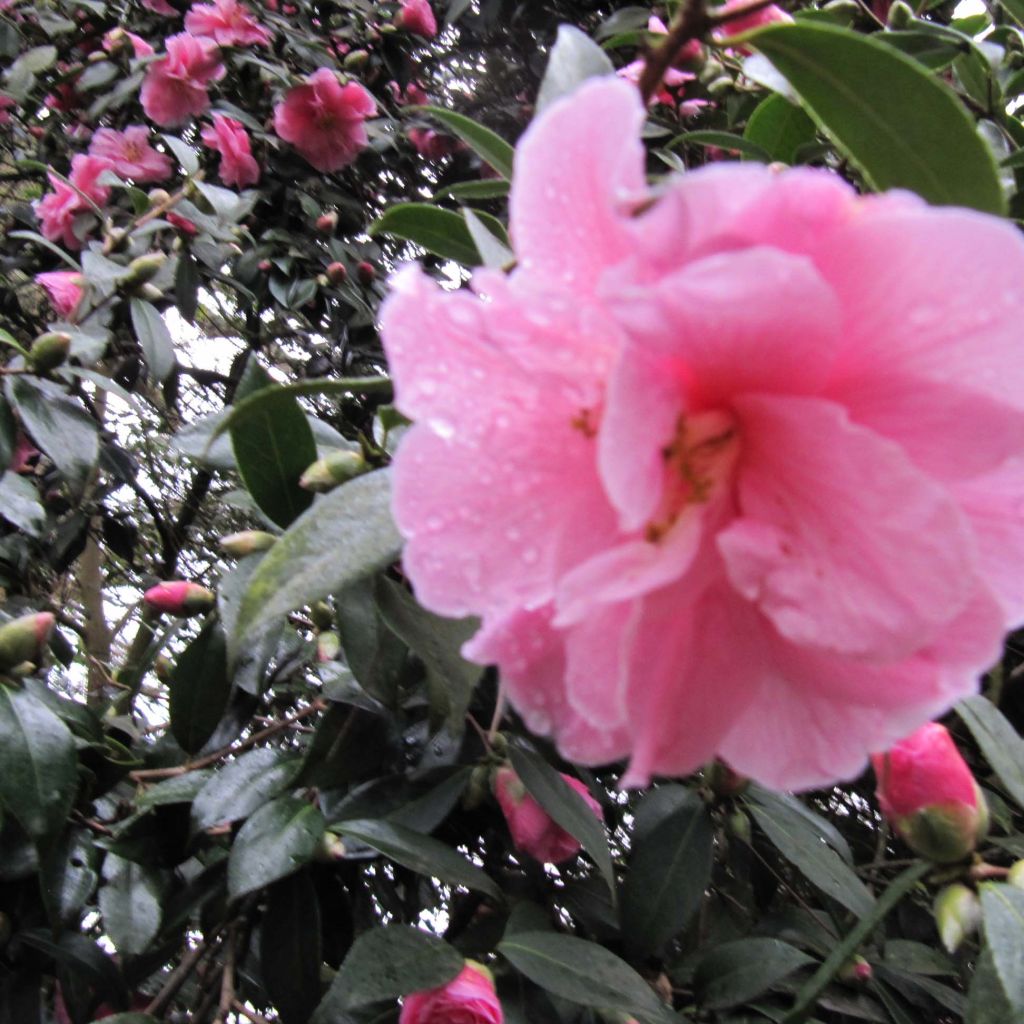

Camellia williamsii Donation


Camellia williamsii Donation
Camellia williamsii Donation
Camellia x williamsii Donation
Received a beautiful young plant already filled with buds, two of which have opened. Very lovely plant, seems to be thriving in its designated spot. Thank you.
Françoise, 27/11/2024
Special offer!
Receive a €20 voucher for any order over €90 (excluding delivery costs, credit notes, and plastic-free options)!
1- Add your favorite plants to your cart.
2- Once you have reached €90, confirm your order (you can even choose the delivery date!).
3- As soon as your order is shipped, you will receive an email containing your voucher code, valid for 3 months (90 days).
Your voucher is unique and can only be used once, for any order with a minimum value of €20, excluding delivery costs.
Can be combined with other current offers, non-divisible and non-refundable.
Why not try an alternative variety in stock?
View all →This plant carries a 24 months recovery warranty
More information
We guarantee the quality of our plants for a full growing cycle, and will replace at our expense any plant that fails to recover under normal climatic and planting conditions.


Would this plant suit my garden?
Set up your Plantfit profile →
Description
Camelia (x) williamsii 'Donation' is part of a series of hybrids known for their hardiness and ease of cultivation in cool and humid climates. They were developed by cross-breeding the famous Camellia japonica and Camellis saluenensis, a robust Chinese species lesser known to gardeners. 'Donation' is one of the most charming: this beautiful bushy shrub with a slightly trailing habit bears large, delicately crumpled semi-double flowers in a tender and fresh pink finely veined with deep pink, centred on a beautiful core of golden stamens. They flower abundantly for 3 to 4 months, from winter to spring, on lush evergreen foliage. This excellent variety tolerates exposure to the sun fairly well. Create a sensation by training this camellia on a north-facing wall!
Camellia 'Donation' belongs to the family of Theaceae. This is one of the first williamsii hybrids, introduced to the market in 1941. This variety, which has never ceased to seduce generations of gardeners, is a sure thing. Its growth is extremely fast. The shrub shows a graceful habit, flexible, upright and trailing, supported by well-branched vegetation. It can be trained or left to grow freely. Its vigorous growth can be contained by regular pruning, as it can occupy more than 1 m (3 ft 4 in) on the ground. After 10 years, it will measure about 1.20 m (3 ft 11 in) in height and 1 m (3 ft 4 in) in width. From January to March-April, it produces an abundance of quite exceptional semi-double flowers, 12 cm (4.7 in) wide, composed of silky and slightly crumpled petals. They begin with a deeper pink at bloom, then fade a little at full bloom, releasing petals finely veined with deep pink on a light pink background, with a large cluster of yellow stamens at the centre. These flowers wither gracefully, dropping their petals like rain.
Its evergreen foliage consists of large elliptical leaves, 10 to 12 cm (3.9 to 4.7 in) long, leathery, toothed, dark green and glossy on the upper side. While this shrub is hardy down to -15°C (5 °F) in open ground, its flowering may be compromised by snow, icy wind, and temperatures below -5°C (23 °F), especially if grown in a pot.
Camellia williamsii is a hardy plant, but it particularly enjoys mild and humid climates and thrives best in coastal regions, in acidic, humus-rich, and well-drained soil. It tolerates full sun, but will give its best in partial shade or even shade, protected from scorching sun and sheltered from strong winds. In the garden, you can site it, for example, in a mixed hedge or within a shrub border, alongside other camellias ('Adolphe Audusson') or other acidophilous plants like Rhododendrons, Azaleas, Cornus Kousa, Japanese maples, or even Kalmia Latifolia. However, it would be a shame to drown this magnificent variety in a tangle of foliage or flowers. It deserves a prominent place, near the entrance of the house, trained against an east or north-facing wall, or in a beautiful pot on the terrace, to be stored away in winter in very cold climates. This camellia can also be an excellent alternative to roses for ornamental purposes in wet and partially shaded areas. Combined in a sunny border, their blooms will succeed each other from January... to October!
Note: unlike rhododendrons, camellias tolerate pot cultivation very well, including non-dwarf varieties. Their compact clump root system is content in a fairly restricted space, provided it is regularly fed and watered (with non-calcareous water).
Camellia williamsii Donation in pictures
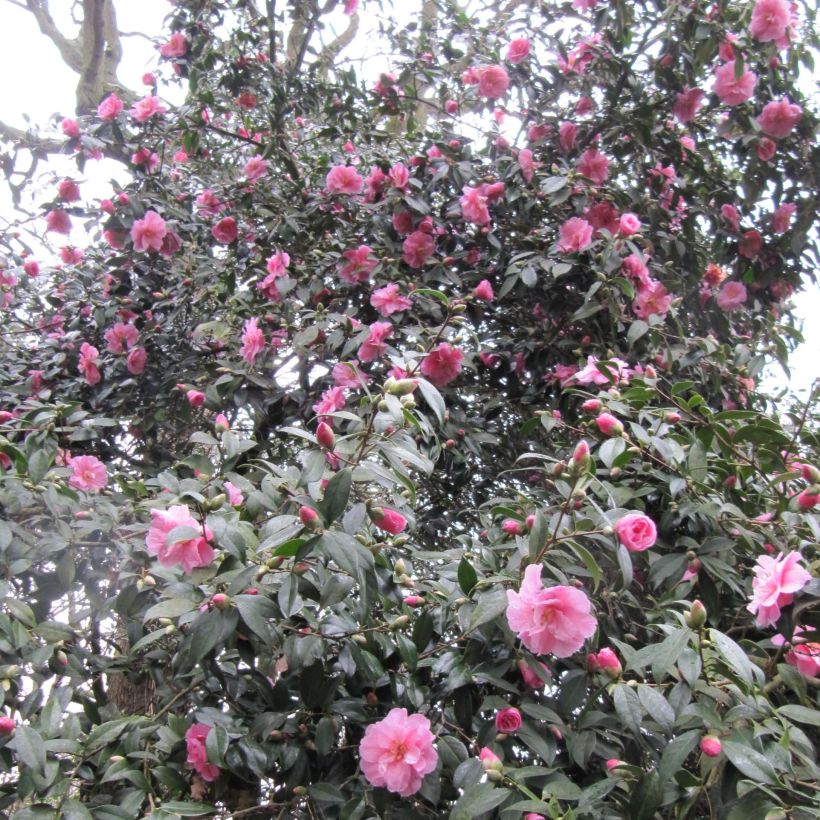

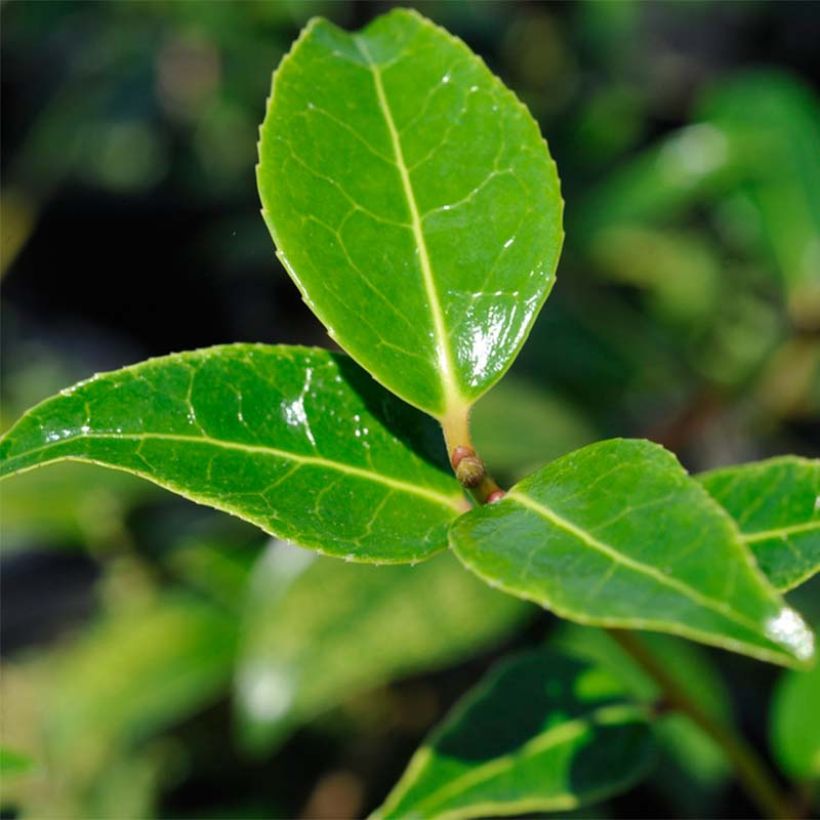

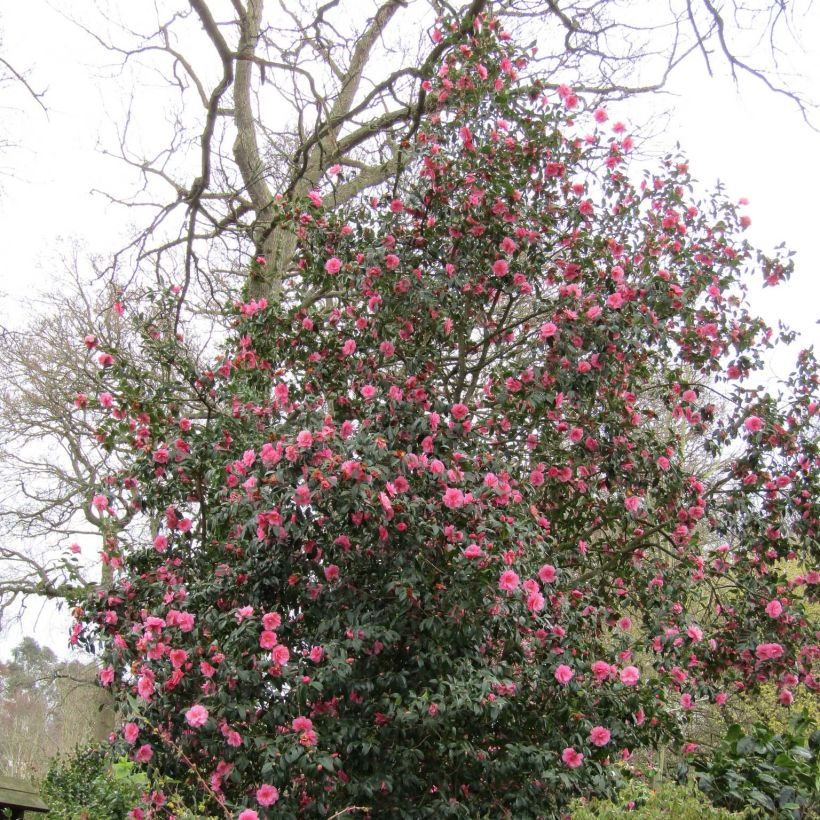

Plant habit
Flowering
Foliage
Botanical data
Camellia
x williamsii
Donation
Theaceae
Cultivar or hybrid
Other Traditional Camellia
View all →Planting and care
Camellia 'Donation' tolerates full sun, but performs best in partial shade or even in shade, protected from scorching sun and sheltered from strong winds. Plant in a cool, humus-rich, acidic, fertile, and well-drained soil. Do not plant the bush too deep, the top of the root ball should be covered with 3 cm (1.2 in) of soil. In winter, cover it with a 5 to 7 cm (2 to 2.8 in) thick mulch composed of leaf compost and shredded bark. Beware of late frosts that can damage flowers and buds. During dry periods, water the bush (preferably with non-chalky water) to prevent the dropping of flower buds. It is recommended to plant the camellia in autumn to promote good rooting and better flowering during the first year. Possible diseases include chlorosis caused by excess limestone, brown spots caused by burns on leaves exposed to full south, sooty mould, scale insects, and weevils.
Pruning is not necessary. If required it should take place just after flowering, before the emergence of new spring shoots, and should be done sparingly. Most camellia hybrids do not recover from severe pruning.
Planting period
Intended location
Care
Planting & care advice
-
, onOrder confirmed
Reply from on Promesse de fleurs
Similar products
Haven't found what you were looking for?
Hardiness is the lowest winter temperature a plant can endure without suffering serious damage or even dying. However, hardiness is affected by location (a sheltered area, such as a patio), protection (winter cover) and soil type (hardiness is improved by well-drained soil).

Photo Sharing Terms & Conditions
In order to encourage gardeners to interact and share their experiences, Promesse de fleurs offers various media enabling content to be uploaded onto its Site - in particular via the ‘Photo sharing’ module.
The User agrees to refrain from:
- Posting any content that is illegal, prejudicial, insulting, racist, inciteful to hatred, revisionist, contrary to public decency, that infringes on privacy or on the privacy rights of third parties, in particular the publicity rights of persons and goods, intellectual property rights, or the right to privacy.
- Submitting content on behalf of a third party;
- Impersonate the identity of a third party and/or publish any personal information about a third party;
In general, the User undertakes to refrain from any unethical behaviour.
All Content (in particular text, comments, files, images, photos, videos, creative works, etc.), which may be subject to property or intellectual property rights, image or other private rights, shall remain the property of the User, subject to the limited rights granted by the terms of the licence granted by Promesse de fleurs as stated below. Users are at liberty to publish or not to publish such Content on the Site, notably via the ‘Photo Sharing’ facility, and accept that this Content shall be made public and freely accessible, notably on the Internet.
Users further acknowledge, undertake to have ,and guarantee that they hold all necessary rights and permissions to publish such material on the Site, in particular with regard to the legislation in force pertaining to any privacy, property, intellectual property, image, or contractual rights, or rights of any other nature. By publishing such Content on the Site, Users acknowledge accepting full liability as publishers of the Content within the meaning of the law, and grant Promesse de fleurs, free of charge, an inclusive, worldwide licence for the said Content for the entire duration of its publication, including all reproduction, representation, up/downloading, displaying, performing, transmission, and storage rights.
Users also grant permission for their name to be linked to the Content and accept that this link may not always be made available.
By engaging in posting material, Users consent to their Content becoming automatically accessible on the Internet, in particular on other sites and/or blogs and/or web pages of the Promesse de fleurs site, including in particular social pages and the Promesse de fleurs catalogue.
Users may secure the removal of entrusted content free of charge by issuing a simple request via our contact form.
The flowering period indicated on our website applies to countries and regions located in USDA zone 8 (France, the United Kingdom, Ireland, the Netherlands, etc.)
It will vary according to where you live:
- In zones 9 to 10 (Italy, Spain, Greece, etc.), flowering will occur about 2 to 4 weeks earlier.
- In zones 6 to 7 (Germany, Poland, Slovenia, and lower mountainous regions), flowering will be delayed by 2 to 3 weeks.
- In zone 5 (Central Europe, Scandinavia), blooming will be delayed by 3 to 5 weeks.
In temperate climates, pruning of spring-flowering shrubs (forsythia, spireas, etc.) should be done just after flowering.
Pruning of summer-flowering shrubs (Indian Lilac, Perovskia, etc.) can be done in winter or spring.
In cold regions as well as with frost-sensitive plants, avoid pruning too early when severe frosts may still occur.
The planting period indicated on our website applies to countries and regions located in USDA zone 8 (France, United Kingdom, Ireland, Netherlands).
It will vary according to where you live:
- In Mediterranean zones (Marseille, Madrid, Milan, etc.), autumn and winter are the best planting periods.
- In continental zones (Strasbourg, Munich, Vienna, etc.), delay planting by 2 to 3 weeks in spring and bring it forward by 2 to 4 weeks in autumn.
- In mountainous regions (the Alps, Pyrenees, Carpathians, etc.), it is best to plant in late spring (May-June) or late summer (August-September).
The harvesting period indicated on our website applies to countries and regions in USDA zone 8 (France, England, Ireland, the Netherlands).
In colder areas (Scandinavia, Poland, Austria...) fruit and vegetable harvests are likely to be delayed by 3-4 weeks.
In warmer areas (Italy, Spain, Greece, etc.), harvesting will probably take place earlier, depending on weather conditions.
The sowing periods indicated on our website apply to countries and regions within USDA Zone 8 (France, UK, Ireland, Netherlands).
In colder areas (Scandinavia, Poland, Austria...), delay any outdoor sowing by 3-4 weeks, or sow under glass.
In warmer climes (Italy, Spain, Greece, etc.), bring outdoor sowing forward by a few weeks.































